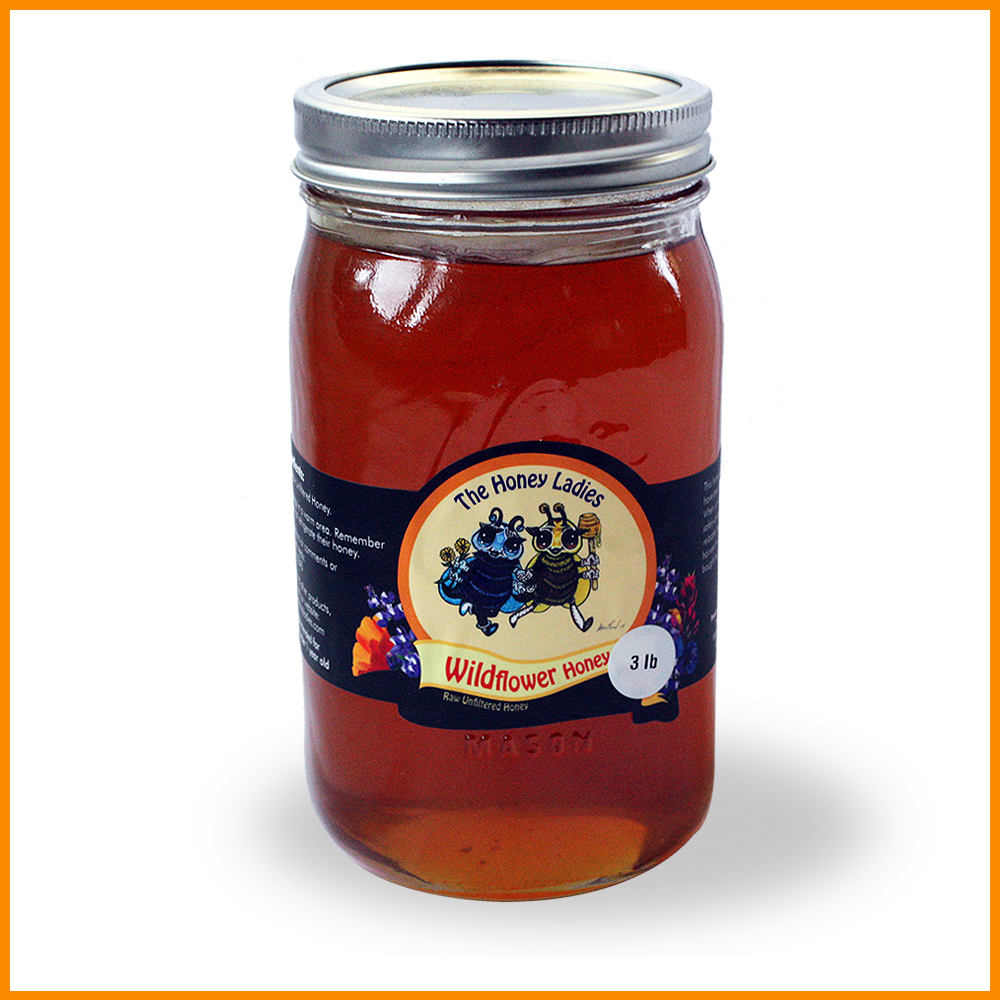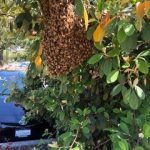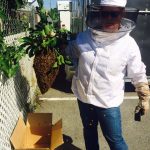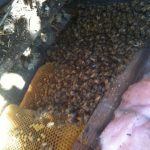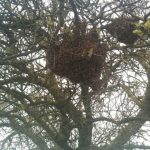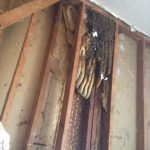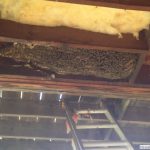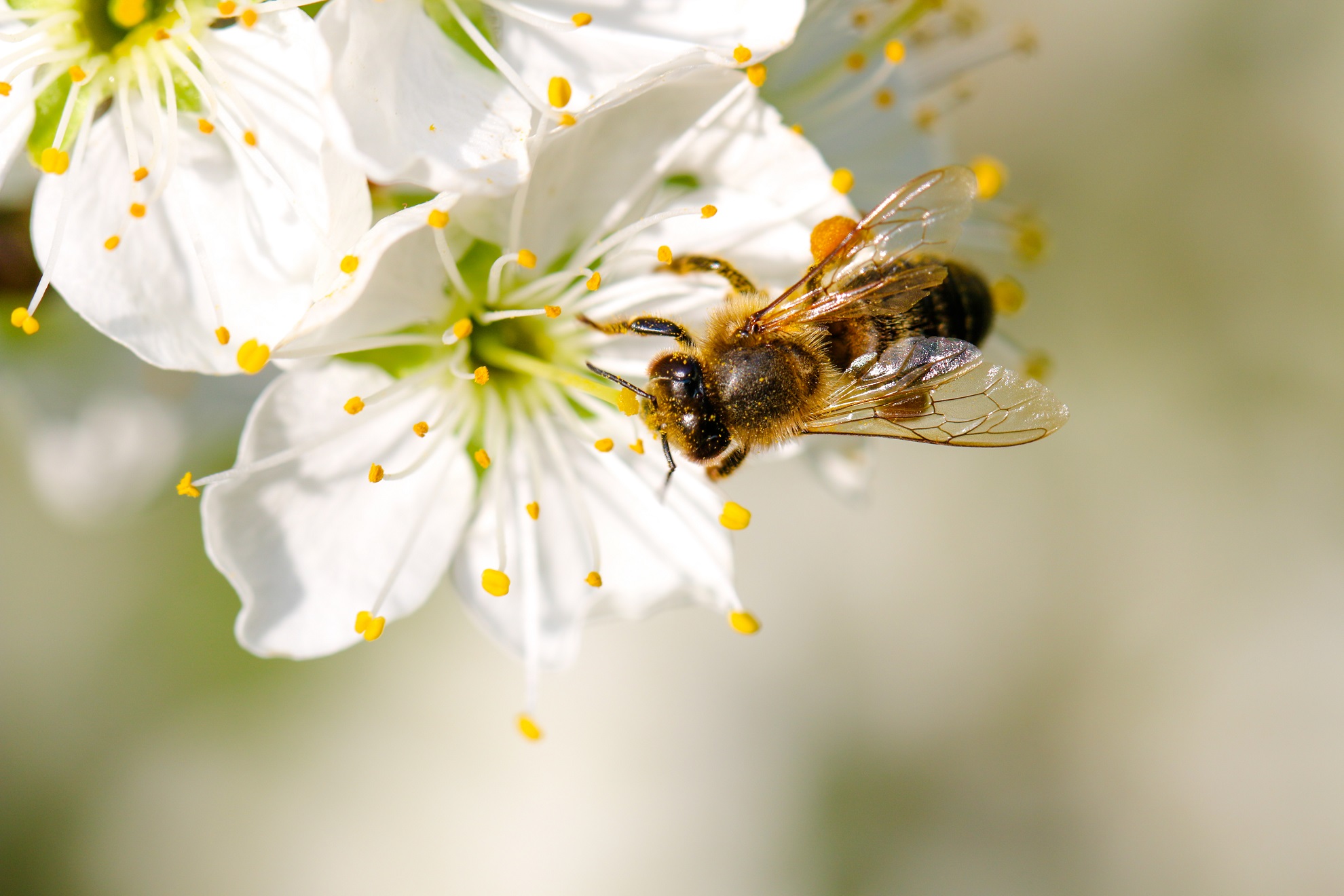
How Do Bees Make Honey?
From tiny children to the wisest sage, we all love to enjoy the tasty honey that bees so graciously provide us all. But do you really know exactly how bees create honey? The answer might surprise you!
From tea to biscuits to your favorite recipes, honey bee honey has been a staple of many individual’s diets throughout history. Lauded for its natural antioxidants and throat-soothing sweetness, raw honey has created a long-standing industry across many nations.
Yet, many do not fully understand the process. When they think of honey bees, some may think of bees swarming around big boxes, being poked and prodded by a beekeeper in their protective suit. Somewhere between that famous image and the store shelves, honey is created. While there has to be more to the story, the desire to avoid being stung keeps many from learning more about how honey bees utilize natural resources to create the sweet treat.
How Bees Make Honey
The honey creation process is one of nature’s most complex yet all-natural food production methods. The process begins when a bee travels from the hive to begin gathering two important resources for the honey-making process: nectar and pollen.
Flitting and flying from flower to flower, the bee sucks nectar from beyond the flower petals, drawing in as much as she can gather. The nectar is stored in a special stomach built to transfer nectar and pollen from flowers to hive. As the bee travels, she may access some of the nectar for her own consumption to create energy or store it all until she returns to the hive.
Once she has her fill of nectar and pollen, the bee will travel back to the hive, where the fascinating process truly begins. Rather than simply depositing the nectar into an available honeycomb, the bee will transfer the nectar into the mouth of another bee within the hive. That bee will pass the nectar mouth-to-mouth to yet another bee, starting an assembly line that will eventually deposit the dried-out nectar into a honeycomb space for storage and to is used as bee larvae food.
These dried-out nectar deposits eventually become the honey that is often seen being pulled from the hive by a beekeeper and collected as raw honey. The processing of the nectar from bee to bee helps give the honey its trademark look and taste. A skilled beekeeper can extract the honey from the honeycomb safely, and return the newly empty comb to the hive for refills!
Learn More With The Honey Ladies – San Jose’s Honey Experts
Now that you know a bit more about how bees are vital to the production of honey as well as the overall structure of our ecosystem, it’s important that we each do what we can to ensure that our buzzing friends are protected. Across the world, bee populations are being eradicated due to a variety of modern-day conveniences. It is up to each of us to continue to preserve the honey bee’s fragile ecosystem to ensure that we can continue to enjoy their gifts each and every day.
Would you like to learn more about honey making, the collection and distribution process, or simply discover more interesting facts about bees? Head over to The Honey Ladies online for more resources, content, and opportunities to support a San Jose favorite. Discover why The Honey Ladies continues to lead the way in bee conservation and honey production across San Jose and the country.
[/et_pb_text][/et_pb_column][/et_pb_row][/et_pb_section]

